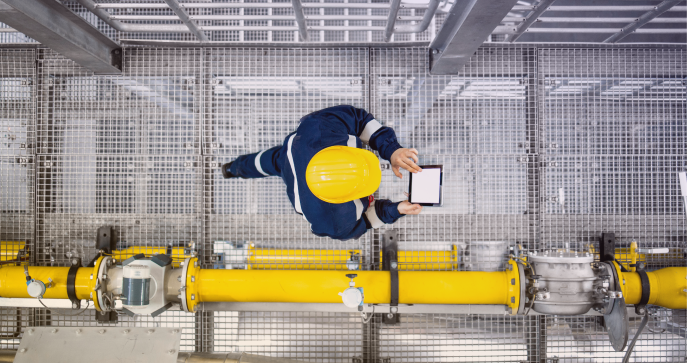Using many different finite element analysis (FEA) solvers but performing all pre- and post-processing with Femap.
Making all clients reference clients
Predictive Engineering provides finite element analysis (FEA) support, training and consulting. It also is co-partners in Applied CAx, providing all of its high-quality FEA support.
The firm takes on a wide range of projects, from simulated drop testing of electronic devices, to structural analyses of commercial aircraft landing gear, to seismic evaluations of pressure vessels, to thermal/flow computational fluid dynamics (CFD) analyses of electronic packages and solar panels. George Laird, founder of Predictive Engineering, aims for complete customer satisfaction. “My goal is to ensure that all clients become reference clients,” Laird says. “To do that I want to exceed their expectations for accuracy, timeliness and knowledge transfer.”
As Laird explains, most analysis time is spent preparing the analysis model accurately and displaying the results in a way that will be of greatest value for the customer. “In analysis you spend the lion’s share of your time in pre- and post-processing,” Laird explains. “That has to be your industrial-strength tool.” Because Predictive Engineering’s client list is so varied, the firm receives CAD data that spans the spectrum of all major CAD formats. Laird needs to be able to work with it all. But he also finds it necessary to create his own analysis models at times. These “real models” as Laird calls them, contain only the precise geometry necessary for an accurate analysis.
An engineer’s pre- and post-processor
Since its inception, Predictive Engineering has used just one pre- and post-processor – Femap (a solution from UGS’ NX™ digital product development software portfolio). “What makes Femap unique is that it is independent,” Laird says. “It doesn’t have a particular solver preference and it isn’t aligned with a particular CAD program. It supports them all. And when you need to create your own geometry from scratch, that’s where Femap really shines.” Laird calls Femap “an engineer’s pre- and post-processor,” adding, “When engineers need to get real results, accurately and competently, they use Femap. It’s industrial-strength and stable.”
Laird also appreciates how Femap’s developers concentrate on the functionality that’s important to him. “Other companies claim their FEA pre- and post-processor does it all. Femap doesn’t try to do it all or attempt to be flashy. It does the important stuff right,” he says. “That’s why I’ve been such an advocate of Femap.”
Complex models, critical analyses
For the global aircraft equipment manufacturer, Messier-Dowty, Predictive Engineering used Femap in a series of proposal stage structural analyses involving the landing gear of Boeing’s new 7E7 aircraft. “In support of Messier-Dowty’s engineering team, my task was to build efficient FEA models of preliminary designs exported from Catia V4 and V5,” Laird explains. “The complexity of these models imposed several challenges. Every model was nonlinear with full 3D contact between lugs, pins, and bearing locations. Femap was an invaluable tool with direct Catia import capabilities and its own strong solid modeling capabilities.” At the end of the day, Messier-Dowty won the contract for the 7E7 landing gear, and the engineering team expressed their enthusiasm for the high level of Femap support Laird was able to provide for their proposal.
On another project, Predictive Engineering used Femap to prepare models for seismic evaluations of large nuclear waste recycling vessels. Finite element analysis was performed using the responsespectrum technique of eigenvalue excitation and summation. “Due to the complexity of the numerical routine, extreme care was exercised in the generation of the FEA plate models,” Laird explains. “The vessels were modeled completely in Femap using a complex array of solid, plate, beam, rod and rigid link elements. This was a great example of how effective Femap is when you must model something from scratch.”
Predictive Engineering has worked on more than 600 projects during its eight-year history, all of them using Femap as the pre- and post-processor. Laird sees no reason to consider anything else. “In FEA, what you submit is what you get back,” he says. “The work you do in pre-processing determines the accuracy of your results. Femap is the program I trust for accuracy and the one I trust for rocksolid functionality.”








